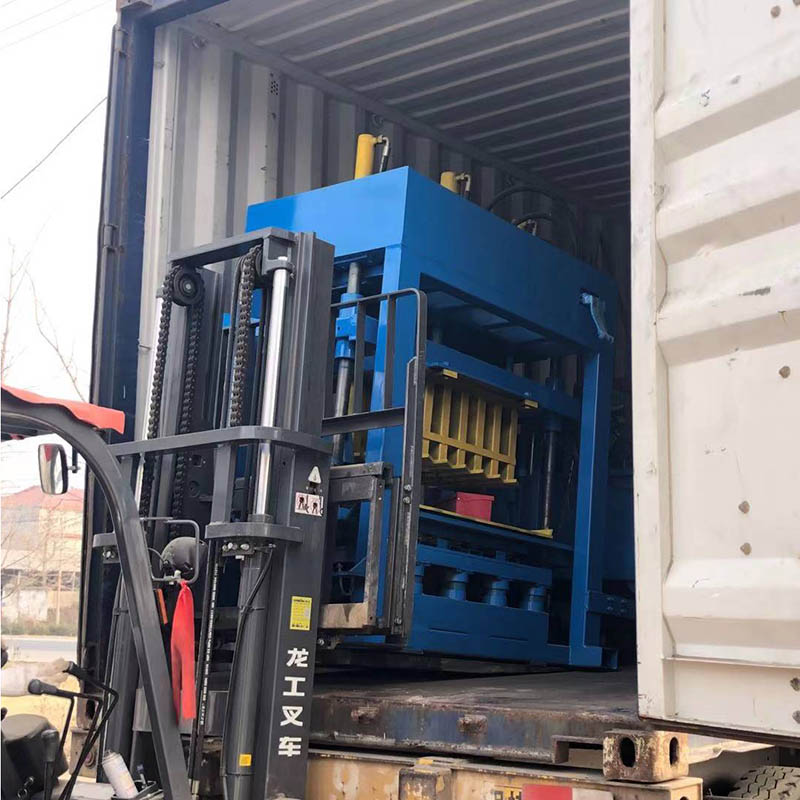
Image source:Aiwei block machine
Introduction
The use of brick machines in Africa is not a one-size-fits-all scenario. Across the vast and diverse continent, variations in climate, resources, economic conditions, and cultural factors have led to unique approaches to brick production. In this article, we embark on a comparative study of brick machine usage across different African regions, shedding light on the local variations, challenges, and innovations that shape brick production practices.
1. East Africa: Embracing Sustainable Materials
Kenya
Kenya has been a pioneer in sustainable brick production. The country’s abundant plastic waste problem inspired entrepreneurs to develop innovative brick machines that use recycled plastics as a key raw material. This approach not only addresses environmental concerns but also contributes to affordable housing initiatives.
Tanzania
In Tanzania, brick production using compressed earth blocks (CEBs) is gaining popularity. The abundance of suitable soil and the cost-effectiveness of CEBs have made them a preferred choice for housing projects. Brick machines here are optimized for CEB production, emphasizing resource efficiency and affordability.
2. West Africa: Traditional Methods Meet Modern Technology
Nigeria
In Nigeria, a blend of traditional brickmaking techniques and modern brick machines is common. While some regions still rely on sun-dried bricks made manually, urban areas are witnessing a shift towards machine-made bricks. Local variations in soil quality influence the choice between traditional or mechanized methods.
Ghana
Ghana’s brick production industry is characterized by the use of energy-efficient kilns, contributing to sustainability efforts. Brick machines here are adapted to suit the needs of the local construction sector, emphasizing durability and quality.
3. Southern Africa: Supporting Economic Growth
South Africa
South Africa’s brick machine usage aligns with the country’s commitment to sustainable construction. Innovations such as interlocking bricks have gained traction, reducing mortar use and construction time. Brick machines also play a pivotal role in government-backed affordable housing initiatives.
Zimbabwe
In Zimbabwe, brick machines are crucial for economic empowerment. Small-scale brick makers, often women-led enterprises, rely on affordable machines to produce bricks for local markets. This decentralized approach supports local economies and creates jobs.
4. North Africa: Adapting to Arid Climates
Egypt
The arid climate of Egypt has led to unique adaptations in brick production. Brick machines are optimized for clay-rich soils found along the Nile River. Sun-dried bricks, known as “adobe bricks,” are prevalent due to their suitability for the climate.
Morocco
Morocco’s brick production often involves traditional craftsmanship. While machine-made bricks exist, traditional methods such as hand-molding are still widely used. The choice between methods often depends on the scale of construction projects.
5. Challenges and Innovations
Resource Availability: Differences in soil quality across regions affect brick machine usage. Innovations like soil testing kits help ensure the suitability of raw materials.
Climate Considerations: Variations in climate, from arid deserts to tropical rainforests, influence kiln technologies and drying methods employed.
Economic Factors: Economic conditions and government policies play a significant role in shaping brick production practices. Subsidies and incentives can encourage mechanization.
Cultural and Local Preferences: Cultural factors and local preferences impact the choice between traditional and modern brickmaking methods.
Conclusion: Diversity in Unity
African regions exhibit remarkable diversity in brick machine usage, reflecting local conditions, preferences, and sustainability priorities. From the innovative use of recycled plastics in Kenya to the resource-efficient practices in South Africa, each region’s approach to brick production is a response to its unique challenges and opportunities. As the continent continues to urbanize and address the affordable housing crisis, the exchange of knowledge and best practices among African nations can foster a collective effort towards sustainable and inclusive development, ultimately strengthening the unity in diversity that characterizes Africa’s brick-making landscape.
